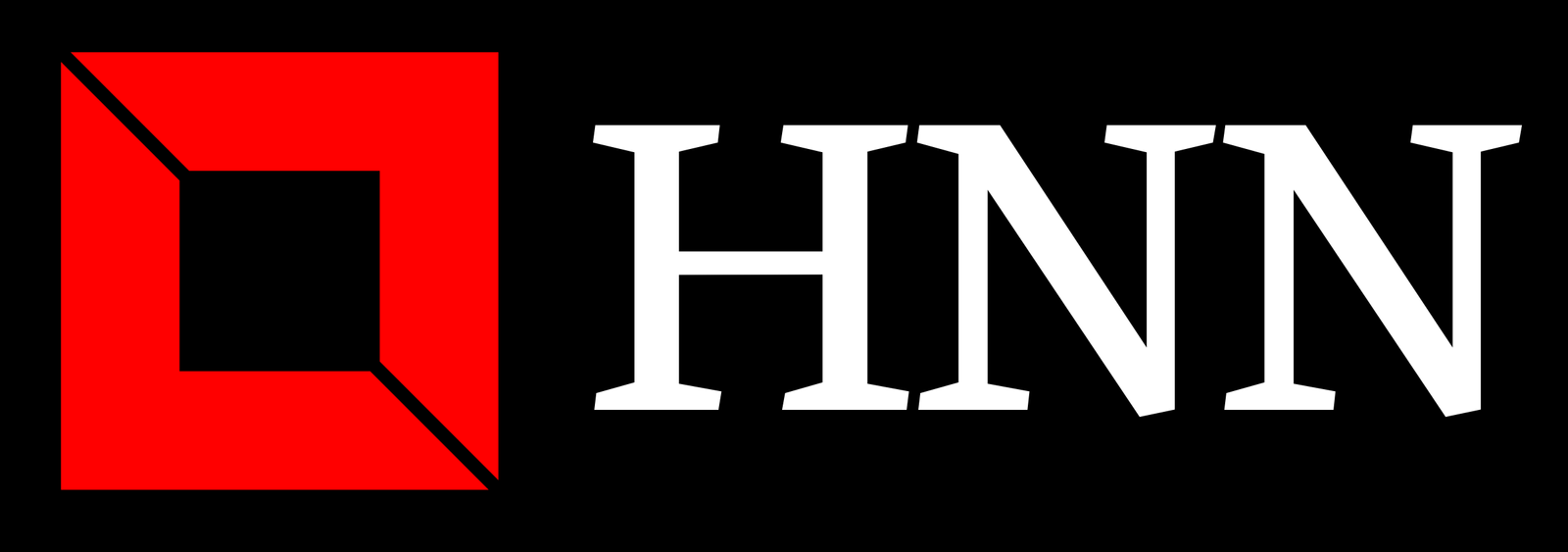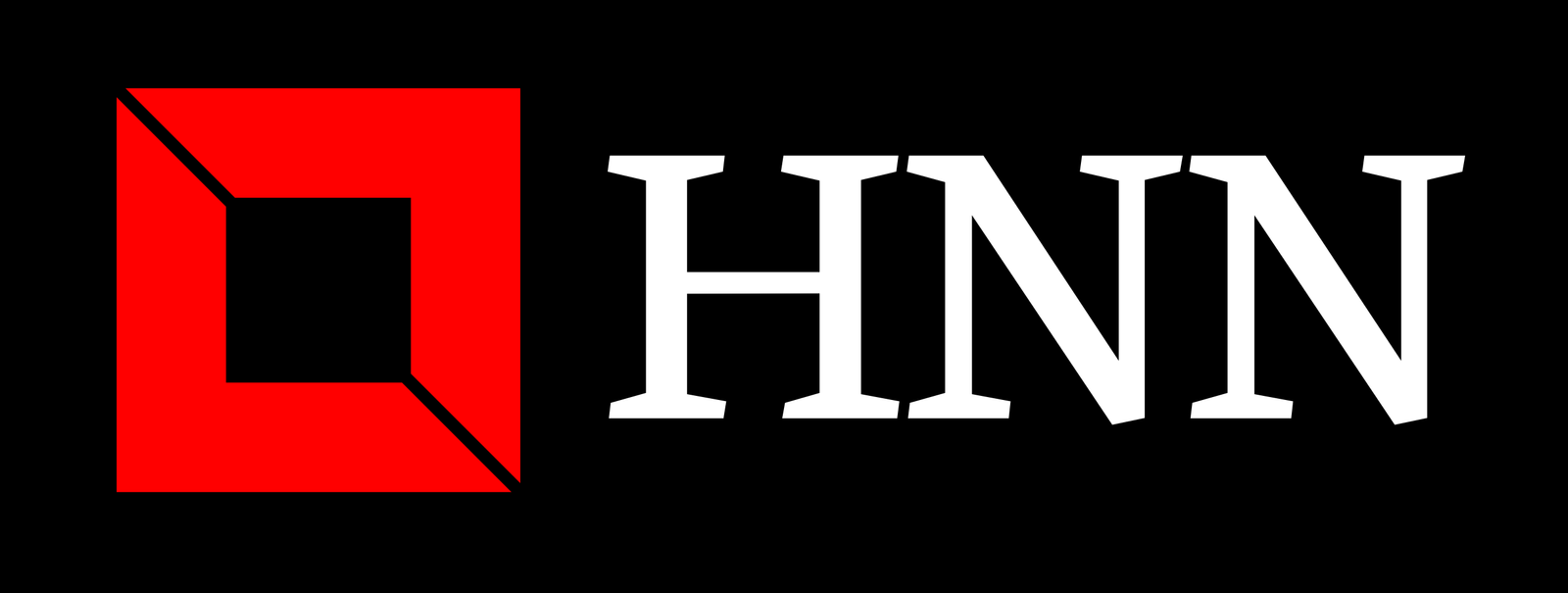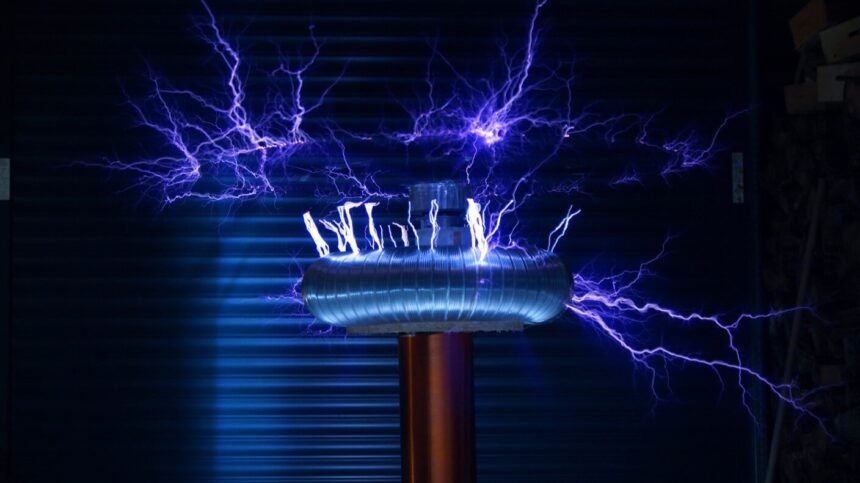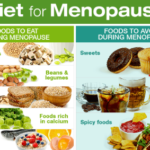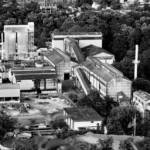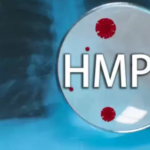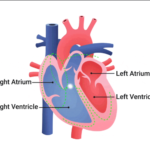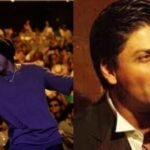Wireless Power charging pads have shown good efficiency, but only when they are close to the item being charged. They mostly use induction over short distances. According to recent studies, it is now possible to wirelessly charge a variety of devices, from mobile devices to biomedical implants, over significantly longer distances and with over 80% efficiency by utilising the power of radiation suppression in loop antennas. This opens the door to a new era of wireless power transfer.
Factoring in radiation loss is essential for efficient long-distance wireless power transmission
Long-distance wireless charging has been improved by engineers at Aalto University. They have advanced the theoretical understanding of wireless power transfer beyond the conventional inductive techniques by improving the interaction between transmitting and receiving antennas and taking use of the “radiation suppression” phenomenon.
Achieving Efficiency Over Longer Distances
Magnetic near fields are used to transfer power across short distances, such as through induction pads, with great efficiency, but at extended distances the efficiency rapidly decreases. According to recent findings, the power-sending and -receiving loop antennas’ radiation resistance can be suppressed to maintain this high efficiency over extended distances.
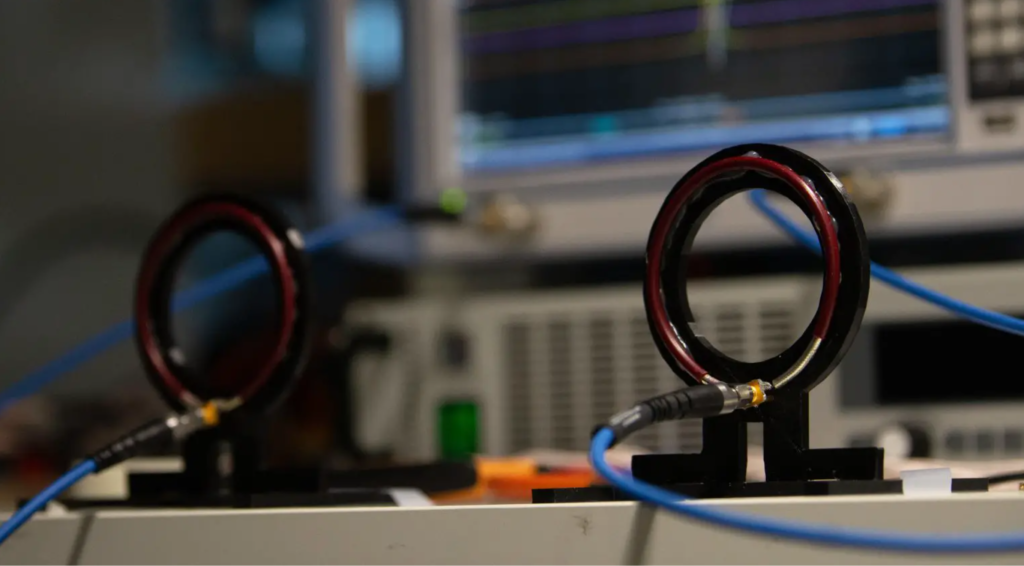
Two loop antennas (radius: 3.6 centimeters ) can transfer power between each other from 18 centimeters apart. Credit: Nam Ha-Van/Aalto University
The same lab previously developed an omnidirectional wireless charging technology that permitted charging of devices in any direction. They have since expanded on that work with a brand-new dynamic theory of wireless charging that pays closer attention to both close-by (non-radiative) and far-off (radiative) situations. They demonstrate, in particular, that using the ideal frequency in the hundred-megahertz region, excellent transfer efficiency—more than 80%—can be achieved over distances around five times the size of the antenna.According to lead author Nam Ha-Van, a postdoctoral researcher at Aalto University, “We aimed to strike a compromise between efficiently transferring power and the radiation loss that inevitably occurs over longer distances. It turns out that we can offset the radiation loss and increase efficiency when the currents in the loop antennas have identical amplitudes and opposite phases.
ALSO READ: NASA’s Psyche Spacecraft Lifts Off On A SpaceX Falcon Heavy Mission To A Metal-Rich Asteroid
A Universal Approach to Assessing Wireless Power Transfer
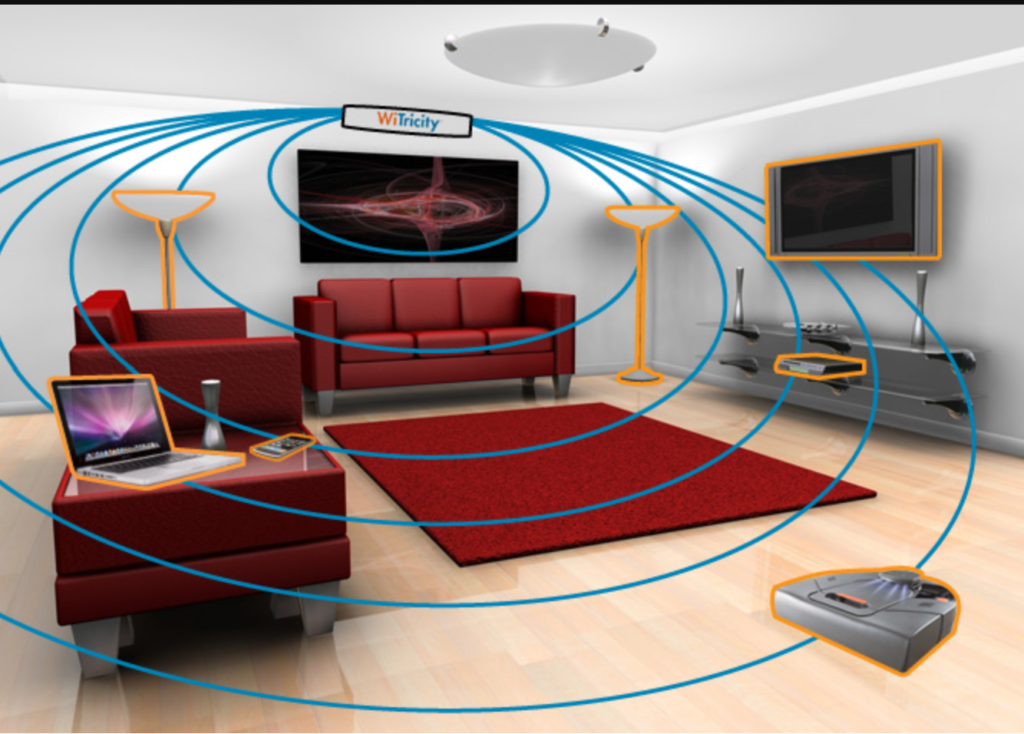
The researchers developed a method to analytically or experimentally analyse any wireless power transmission system. This makes it possible to evaluate power transmission efficiency more thoroughly than ever before, both at short and long ranges. After examining how charging performed between two loop antennas (see image) placed at a significant distance in relation to their sizes, the researchers concluded that radiation suppression is the mechanism that helps to increase transfer efficiency.This is about determining the best configuration for wireless power transfer, whether local or remote, claims Ha-Van. With our method, we are now able to retain high efficiency while increasing the transfer distance past that of traditional wireless charging devices. Biomedical implants with small batteries can also benefit from wireless power transfer, which is vital for phones and other electronic devices. Ha-Van and colleagues’ research can also take into consideration obstacles like human tissue that can prevent charging.
Reference: “Effective Midrange Wireless Power Transfer with Compensated Radiation Loss” by N. Ha-Van, C.R. Simovski, F.S. Cuesta, P. Jayathurathnage and S.A. Tretyakov, 20 July 2023, Physical Review Applied.
DOI: 10.1103/PhysRevApplied.20.014044
ALSO READ : From Volcanoes To Rainforests, Here Are The 5 Largest U.S Islands

